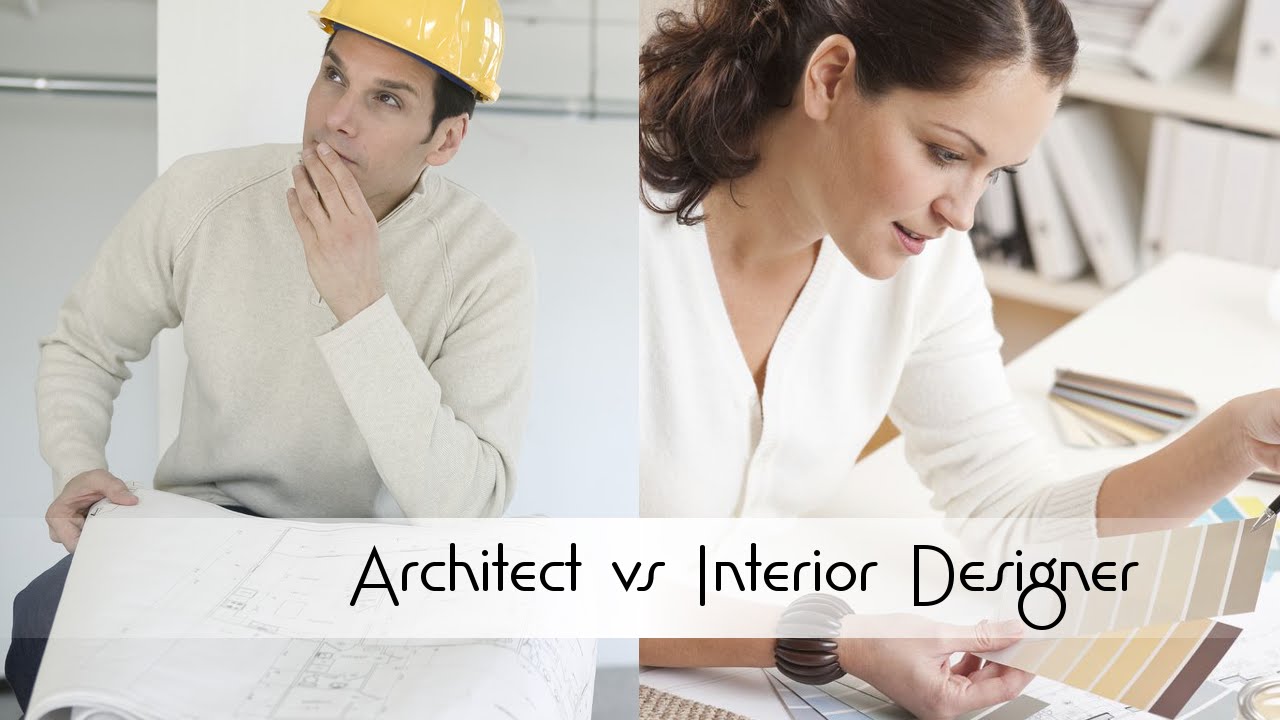Physical Address
304 North Cardinal St.
Dorchester Center, MA 02124


Global Blog Planet


Global Blog Planet


In the dynamic realm of design, architects and interior designers play pivotal roles in shaping the way we experience and interact with spaces. This article delves into the harmonious collaboration between these two disciplines, exploring the interplay of creativity, functionality, and aesthetic appeal. From the foundations of architectural design to the intricate details of interior spaces, we’ll navigate the fascinating world where form meets function.
Architectural design serves as the cornerstone for creating captivating structures that stand the test of time. Architects, as master builders, envision and shape the physical environment, considering factors like spatial dynamics, structural integrity, and cultural influences. The fusion of artistic expression and technical precision defines iconic structures that become timeless landmarks.
Architects meticulously plan spaces, emphasizing the flow and connectivity within and around structures. A well-designed building ensures a seamless transition between different areas, enhancing the overall user experience. This consideration extends beyond functionality, impacting the emotional response of individuals interacting with the space.
Innovations in architectural design are driving a shift towards sustainable practices. From green building materials to energy-efficient designs, architects are at the forefront of creating environmentally conscious structures. This not only aligns with contemporary ecological concerns but also sets a precedent for responsible design practices.
While architects lay the foundation, interior designers breathe life into spaces by infusing them with personality, functionality, and aesthetic appeal. Interior design is the art of orchestrating elements within a structure to create a cohesive and inviting environment. Let’s delve into the key aspects that make interior spaces truly remarkable.
Interior designers focus on optimizing the functionality of a space while maintaining a sense of visual harmony. The arrangement of furniture, lighting, and decor elements contributes to the overall usability of a room. This attention to detail ensures that each space is not only beautiful but also practical for its intended purpose.
Interior design is a constantly evolving field that draws inspiration from various sources, including art, culture, and nature. Designers are adept at incorporating current trends while also respecting the timeless principles of design. This delicate balance ensures that interiors remain both contemporary and enduring.
The true magic happens when architects and interior designers collaborate seamlessly to create spaces that are greater than the sum of their parts. This section explores the symbiotic relationship between the two disciplines, emphasizing the importance of communication, shared vision, and mutual respect.
Effective communication between architects and interior designers is paramount for a successful project. Regular collaboration meetings, brainstorming sessions, and clear documentation help bridge the gap between the exterior and interior aspects of a design. This synergy ensures that the final result is cohesive and aligned with the initial vision.
A shared vision is the cornerstone of a harmonious collaboration. Architects and interior designers must align their creative aspirations to ensure that every element, from the structure’s facade to the smallest interior detail, contributes to a unified aesthetic. This shared vision results in a seamless and immersive experience for the end-users.
Now that we’ve explored the intricate relationship between architecture and interior design, let’s shift our focus to the digital landscape. For architects and interior designers seeking to establish a robust online presence, effective SEO (Search Engine Optimization) is crucial.
Start by conducting thorough keyword research to identify the terms your target audience is using. Incorporate these keywords naturally into your content, including terms specific to architectural styles, interior design trends, and project types. This will enhance the visibility of your content on search engines.
Create content that not only provides valuable information but is also engaging and accessible. Break down complex concepts into digestible sections, use descriptive headings, and incorporate visuals like images, infographics, and videos. This approach not only enhances readability but also caters to different learning styles.
Given the prevalence of mobile devices, ensure that your website is optimized for mobile users. Google prioritizes mobile-friendly websites in its search rankings, making it essential for architects and interior designers to deliver a seamless experience across various devices.
In the intricate dance between architecture and interior design, a masterpiece emerges when both disciplines collaborate seamlessly. From the foundations of architectural brilliance to the nuanced artistry of interior design, each element contributes to the creation of spaces that transcend the ordinary. As architects and interior designers navigate this dynamic landscape, embracing the principles of SEO ensures their digital presence resonates with a global audience, further establishing their legacy in the ever-evolving world of design.